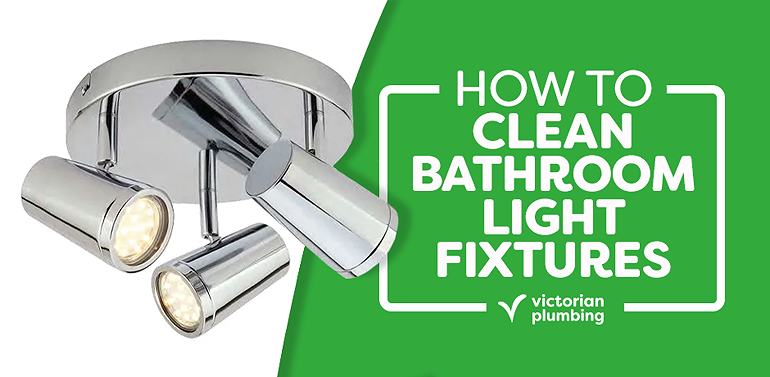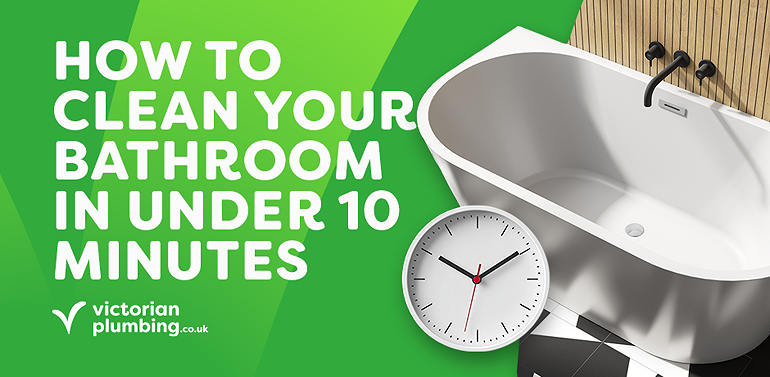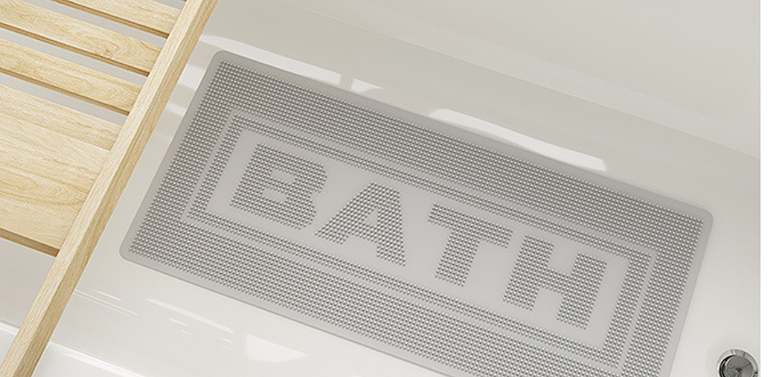EXTRA 10% OFF TAPS WITH SALE CODE: TAPS10
Free Delivery on Orders Over £499**
how to effectively ventilate your bathroom
How to Effectively Ventilate Your Bathroom
Is your bathroom allowing air to circulate freely? We explain how to prevent moisture build-up.

Expert Guide To Effectively Ventilating Your Bathroom
Whether you’re planning a complete bathroom overhaul, or just want to make a few improvements, one of the most important things you need to be thinking about is ventilation.
Poor quality air circulation can lead to all sorts of issues, from unsightly mould growth, to trip hazards due to slippery surfaces caused by a build-up of moisture. In this guide, we’ll be taking a closer look at the measures you can take to keep your bathroom well ventilated.
Do Bathrooms Need Windows?
Windows make for great ventilation in your bathroom, however it is not crucial that your bathroom has them. If your bathroom does not have any windows it is important that you invest in a high quality and reliable extractor fan. Adding an extractor fan to a bathroom with no windows will create an escape route for damp and moist air.
Keeping the Air Circulating Freely
- Extractor Fans
The key to keeping things safe and bacteria free is to allow the air to circulate around the room easily so that damp air does not get trapped. There are numerous ways this can be achieved, and thankfully none of them are too taxing. The best way to remove excess moisture from the room is to install an extractor fan. They will help to keep things well ventilated and moisture free after hot showers or baths. - Dehumidifiers
Another option to consider, particularly in smaller or windowless bathrooms, are dehumidifiers. These work by trapping the condensation, preventing it from spreading around the room, potentially triggering the beginnings of mould or mildew growth. Both extractor fans and dehumidifiers are readily available and won’t break the bank (they’re certainly cheaper than having to redecorate the entire room due to excessive damp). - Windows
Of course, there are even simpler ways to keep the air fresh. Leaving windows open during and for a while after showering or taking a bath will stop condensation forming. If your bathroom doesn’t have any windows, leaving a door open will reduce the presence of excessive amounts of moisture. Keeping any damp laundry or towels out of the room will also go a long way to combat condensation.
Preventing Mould in Your Bathroom
When mould starts to appear in your bathroom, it can completely ruin the look of your space and it can spread surprisingly quickly if untreated. Mould can also lead to health issues so it is important that you take the right steps to prevent mould before it starts to grow. Ensuring your bathroom is well ventilated is the best way to prevent mould, however there are a number of other things that you can do to avoid mould in your bathroom.
- Purifying Plants
Placing purifying plants around your bathroom such as spider plants, ivy or ferns can help to prevent mould by taking moisture out of the air. They also make great décor for your bathroom. - Keep Bathroom Essentials Dry
Bathroom products and bottles are hotspots for mould. A great way to avoid this is to store your bathroom essentials on storage racks that prevent any trapped water or moisture. - Regular Cleaning
Mould is a very common problem in bathrooms, so maintaining a regular cleaning routine is a must if you are going to keep mould spores and dampness at bay.
If you are seeing mould in your bathroom, have a read through our useful guide, How to Get Rid of Mould and Mildew.
And Finally…
Even the most well ventilated spaces can sometimes trap little particles of moisture, so the ultimate way to keep things looking their best is to maintain clean, free-flowing air at all times. After all there’s no point installing a dehumidifier if it’s never switched on, or taking showers while leaving a window shut. Regular cleaning and checking will ensure that your bathroom looks better for longer.

Megan
Megan is an expert bathroom blogger, she enjoys writing helpful DIY articles and bathroom inspo blogs. As well as specialist bathroom advice, Megan also shares expert how-to blogs with step by step guides.


